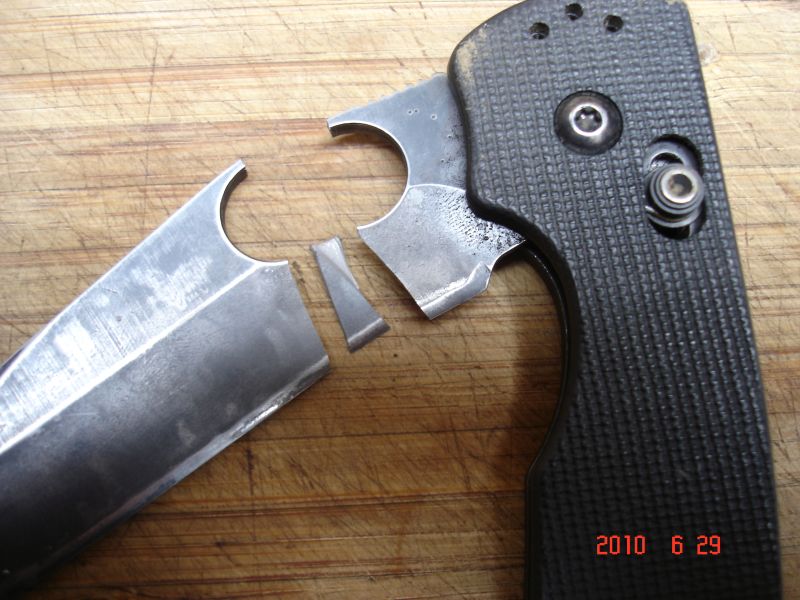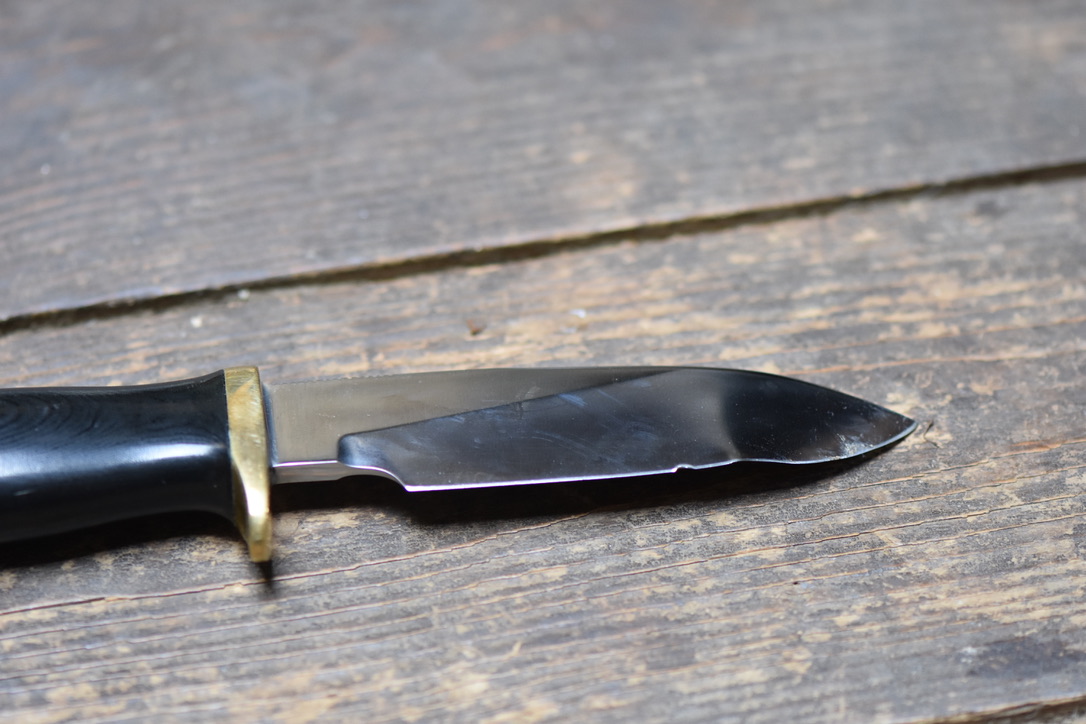- Joined
- Aug 13, 2016
- Messages
- 408
Hey guys, my question is about bending and flexing. How do they relate to strength, toughness and ductility? Brittleness? I read that ductility is the ability to flex and bend without fracturing, but how does that relate to strength? I also read that toughness is the ability to flex and bend without breaking. Are ductility and toughness the same thing? Was what I read wrong? I basically want to know how they all relate to each other and if there is another factor that relates to any of them.
Thanks guys,
Bo
Thanks guys,
Bo



